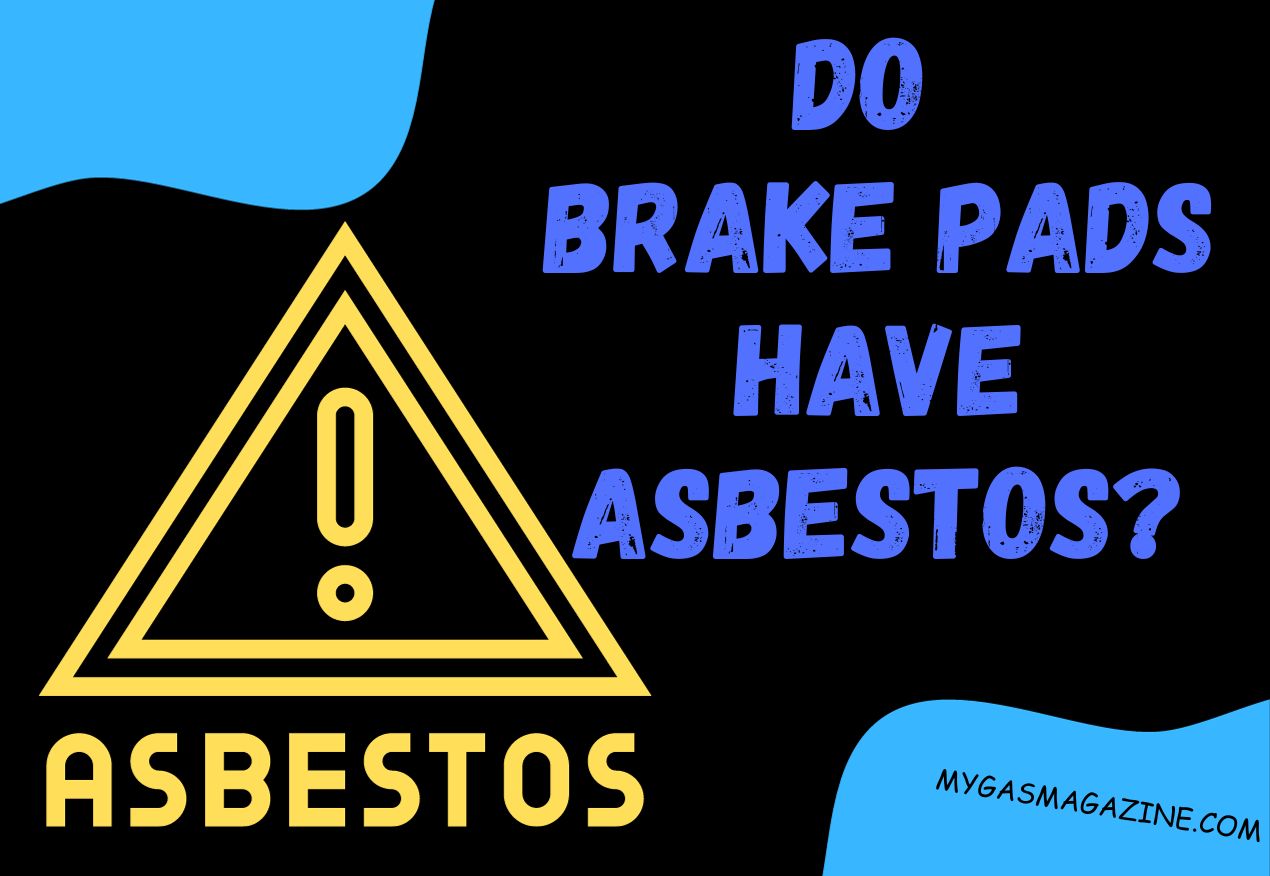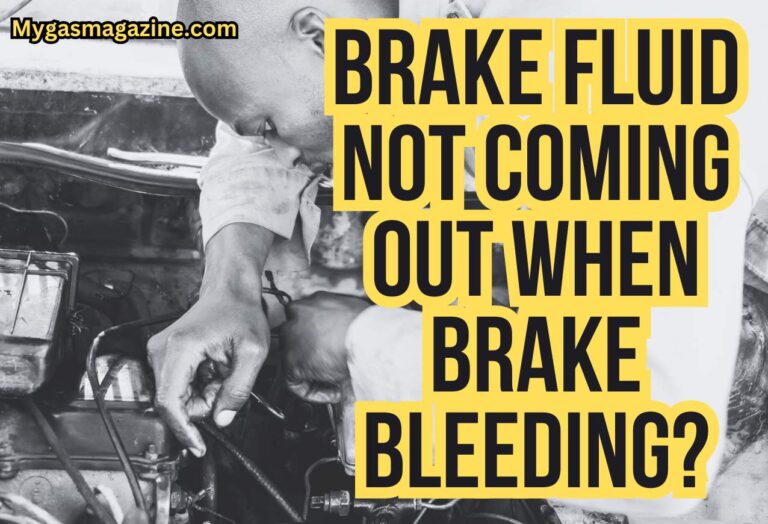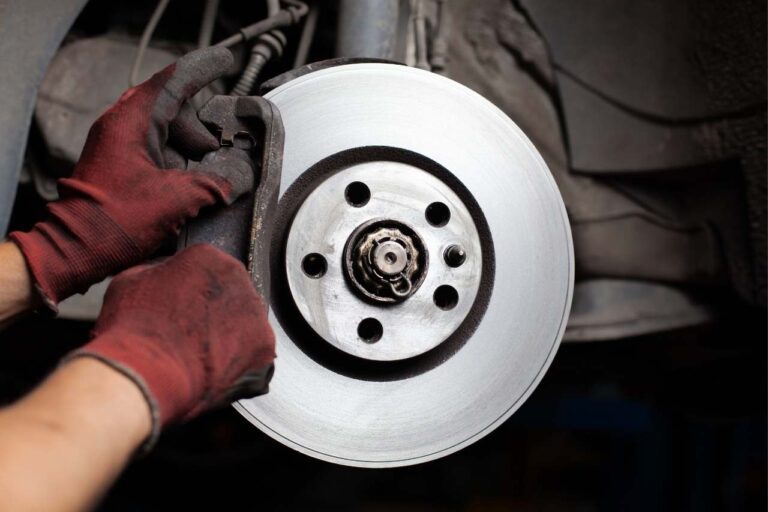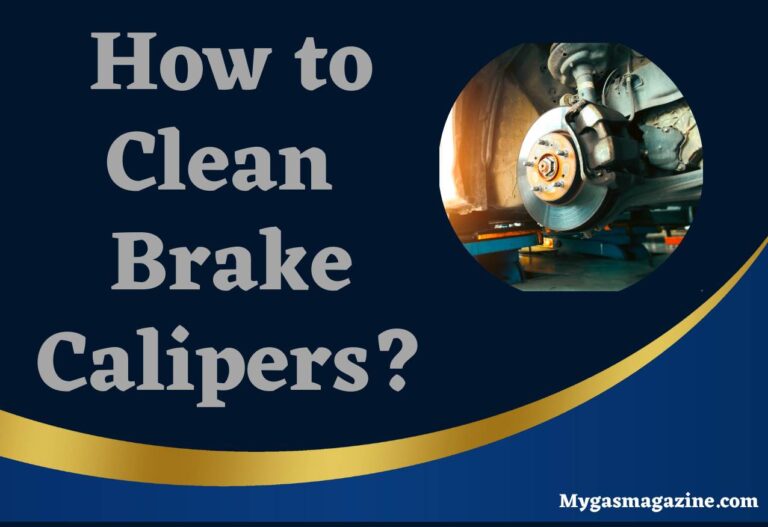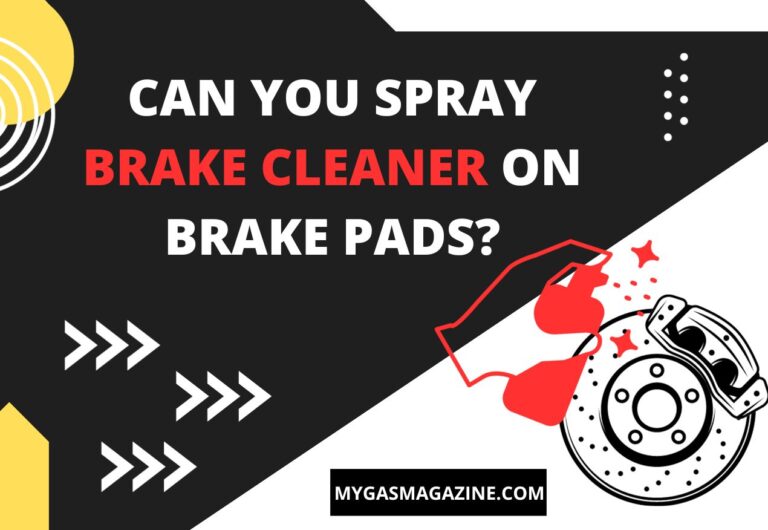Do Brake Pads Have Asbestos? [Pros and Cons]
In today’s guide, we will explore whether brake pads contain asbestos, which is a widely used heat-resistant material. At present, there are some other materials used for vehicle components, including brake pads, so let’s see which is the best!
Do Brake Pads Have Asbestos?
Most modern brake pads do not have asbestos, but older models might still contain this harmful material. Drawing from our experience in automotive safety, let’s explore this further:
- Modern Brake Pads (Post-1980s): Due to health risks, asbestos use in brake pads has been largely phased out. So, manufacturers now use materials like ceramic and Kevlar, which are much safer and just as effective.
- Older Brake Pads (Pre-1980s): At this age, brake pads often contain asbestos because of their heat-resistant qualities. Mechanics and DIYers had the risk of inhaling dangerous fibers during repairs, which can lead to severe health issues.
However, it is still possible to find brake pads with asbestos, especially in the aftermarket. Be cautious with low-cost, imported pads, as they might still use asbestos. Also, if your car predates the 1980s, it’s wise to check the brake pad composition. If you suspect asbestos, get a mechanic to safely remove and dispose of the pads.
In some countries, the use of asbestos in brake pads continued for longer. Also, cheaper imported pads might still contain asbestos. Thus, it is advisable to wear appropriate safety equipment when handling brake components. Pads made after the 1980s are generally asbestos-free and safer to handle.
How Much Asbestos Is In Brake Pads?
Older brake pads can contain up to 60% of asbestos. Identifying the exact percentage of asbestos in brake pads can be tricky, as it varies based on their age, origin, and brand. From our experience in automotive safety, we’ve learned it’s not a one-size-fits-all answer:
- Older Pads (Pre-1980s): These could have up to 60% asbestos. The amount varied widely between different brands and models.
- Modern Pads (Post-1980s): In most places, new brake pads are asbestos-free, thanks to strict regulations.
Pros and Cons of Asbestos in Brake Pads
Asbestos in brake pads has its advantages, like high heat resistance and durability, but the health risks far outweigh these benefits. It is worth having an understanding of these pros and cons, so check the points below.
Pros of Asbestos in Brake Pads:
- Excellent Heat Resistance: Asbestos handled the extreme heat of braking well, preventing brake fade.
- Effective Friction: The fibers in asbestos were good at creating the friction needed for strong stopping power.
- Long-Lasting: Pads with asbestos lasted a long time due to their heat resistance qualities.
Cons of Asbestos in Brake Pads:
- Serious Health Risks: Asbestos is a known carcinogen. Inhaling its fibers can lead to deadly lung diseases. Mechanics and repair workers were especially at risk.
- Environmental Hazard: The dust from asbestos pads can harm the environment and anyone who comes into contact with it.
- Disposal Issues: Getting rid of asbestos pads requires special care because of their hazardous nature.
Alternative Metals Used for Brake Pads
When it comes to asbestos alternative metals used for brake pads, we can name copper, ceramic, titanium, and so on. These alternatives can offer unique benefits, catering to different vehicle needs and driving styles. Based on our hands-on experience with various brake materials, here’s a deeper look into these options:
Copper:
-
- Great at conducting heat, which helps in reducing brake fade.
- Often mixed with other metals to boost performance.
Titanium:
-
- Super light, contributing to better handling and fuel efficiency.
- Very strong and long-lasting.
Magnesium:
-
- Another lightweight option that’s good at getting rid of heat.
- Provides reliable friction for effective braking.
Steel:
-
- Extremely durable, ideal for heavy-duty vehicles.
- Cost-effective, making it a popular choice.
Ceramic:
-
- Exceptional at resisting heat, which means less brake fade.
- Long-lasting, but can be a bit noisy and pricier.
Carbon Fiber:
-
- Ultra-lightweight, maximizing performance.
- Excellent for high temperatures, commonly used in race cars.
Although these metals are better than asbestos, there are some limitations, too.
- Environmental Impact: Some of these metals might have a higher environmental cost in terms of extraction and processing.
- Noise and Dust: Certain metals might be noisier and produce more dust.
- Compatibility: It’s important to check if these materials work with your car’s braking system.
Meet Lakith, the driving force behind MyGasMagazine.com. A seasoned mechanic with over 7 years of hands-on experience in our family-run Gas Mag Garage, Lakith combines his technical expertise with a deep passion for cars. His journey in the automotive world began alongside his father, learning the intricacies of car repair and maintenance. Today, as the founder of MyGasMagazine.com, Lakith shares his wealth of knowledge, offering readers a unique blend of practical advice, industry insights, and engaging stories from the vibrant car culture of Sri Lanka.

